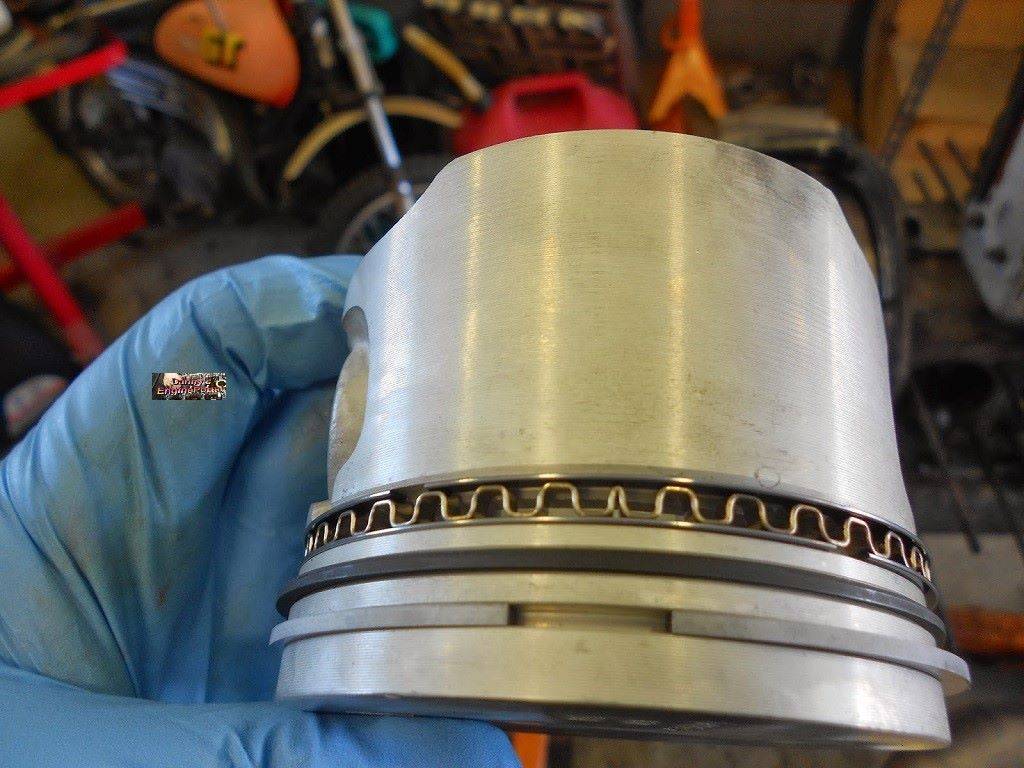
“Choose Your Help Topic Below”
- Piston Rings – Signs Of Worn Piston Rings – How To Replace Them
- Valves and Piston Rings: Problems, Causes and Solutions
- Cylinder Bore Deglazing – Purpose – Proper Crosshatch And Angle
- Ball Hone – How To Get The Perfect Finish, For Piston Ring Sealing
- Engine Oil Consumption Is On The Rise: Where It Goes, And Why
- Oil Consumption Has Many Causes, But, Worn Bearings Add To It
- Burning Oil: Blue Smoke Is Coming Out Of My Exhaust Pipe
- Excessive Exhaust Smoke – A Sign Your Engine Needs Attention
- Engine Piston Rings – How Do They Work – How Can They Fail
- Diesel Engine Issues – The Answers May Be In The Exhaust Smoke
- Compression Test: How To Do It, Dry Or Wet – Review The Results
- Engine Compression – What Can Cause, Low Or No Compression
- Wet Compression Testing Is A Step Up, From A Regular Test
- How To Do A Cylinder Leak Down Test – With Or Without A Tester
- Cylinder Leak Down Test – What Are The Results Telling You
- File Fit Piston Rings – How To Do It Properly, For Critical End-Gap
So, its primary functions are to seal the combustion chamber and dissipate heat. Then, prevents combustion gases from escaping and oil from entering the combustion zone. Which maximizes power and efficiency. And, it transfers heat generated during combustion from the piston to the cooler cylinder walls. Also, preventing the piston from overheating.
Seals The Combustion Chamber:
Prevents gas leakage:
So, the top two rings create a seal against the cylinder wall. And, prevent the high pressure combustion gases from leaking past the piston into the crankcase. Because, this “blow-by” reduces engine power and efficiency.
Controls oil:
So, the oil control ring scrapes excess oil off the cylinder walls on the piston’s downstroke. Then, returns it to the oil sump. Because, this prevents oil from entering the combustion chamber, that would lead to blue smoke and increased emissions.
Dissipates Heat:
Transfers heat:
Above all, the piston rings act as a crucial thermal bridge. By transferring heat from the hot piston to the cooler cylinder walls.
Prevents overheating:
The cylinder walls are cooled by the engine’s cooling system. So this heat transfer helps keep the piston from getting too hot. Which could cause it to seize or other components to fail.
Thank You !!
